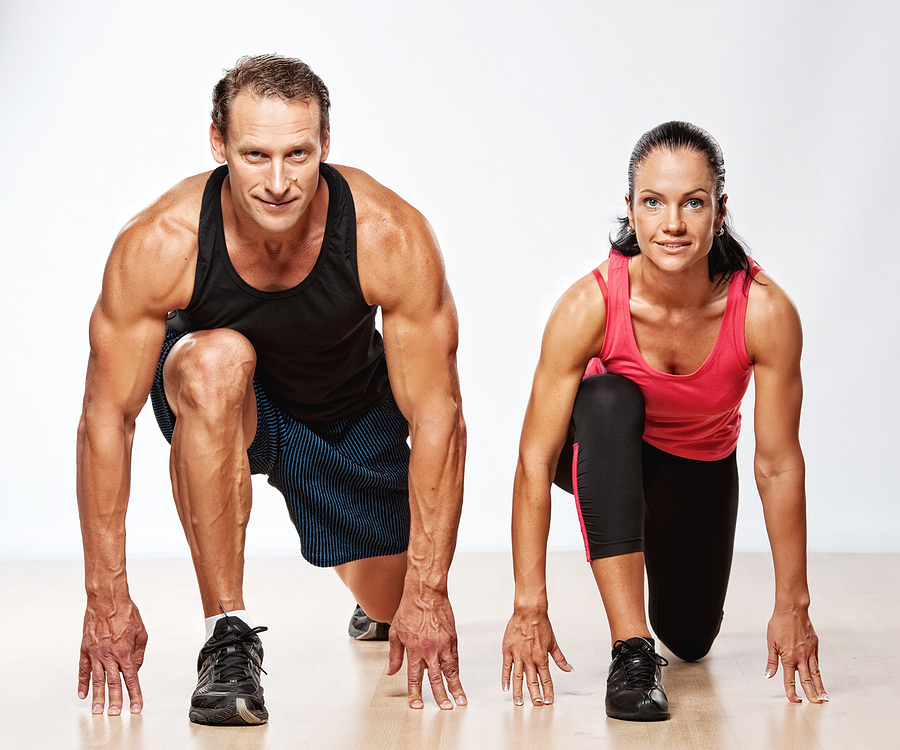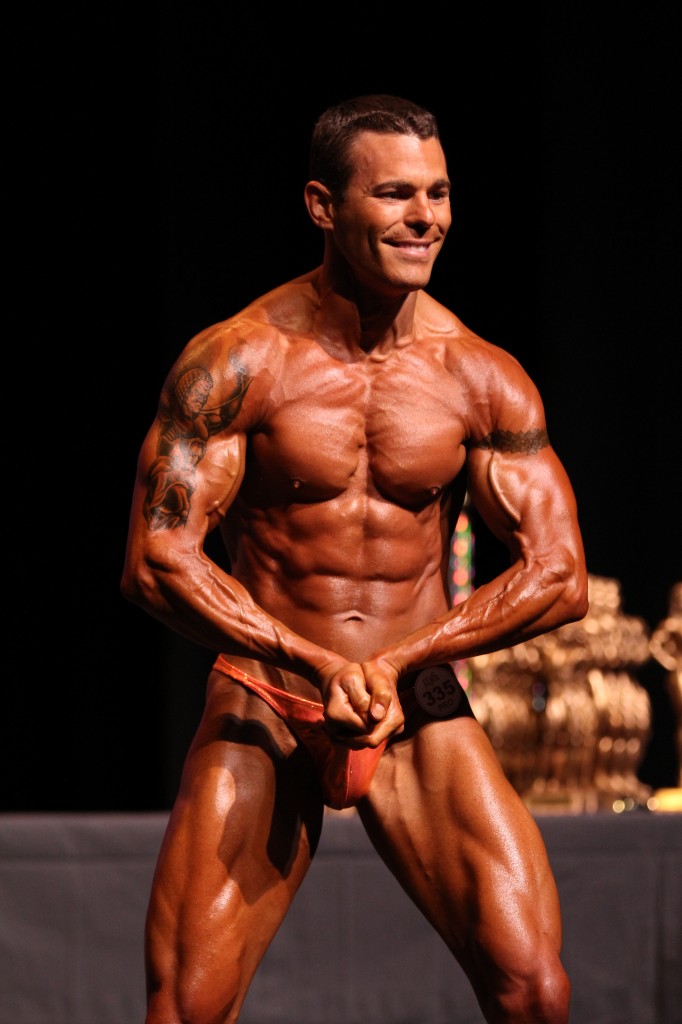I’m writing this for you, the mom, dad, man, woman, busy professional, student, and slacker (J/k I know you’re not a slacker. Slackers don’t read my stuff) who seek out the help of personal trainers and to my personal training brethren who routinely have to talk people off the ledge when it comes to training heavy and hard…like a bodybuilder. The statement: “I don’t want to look like a bodybuilder” drives me crazy. I understand where it comes from which drives me even crazier than when my wife insists on plucking my eyebrows. (I don’t care what women say, that shit hurts. I’d rather sit through 6 hours of tattooing.)

The conversation when a new client comes in—especially the ladies—typically goes like this after I’ve explained our inclination for training heavy and hard relative to their abilities (I’ll skip on all the niceties and small talk):
Client: But I don’t want look like a bodybuilder.
Me: You won’t…you can’t.
Client: Yeah but I see those women/guys on the magazines and I don’t to get that.
Me: Let me ask you. Are you currently taking steroids, testosterone, or growth hormone that you obtained from a black market dealer?
Client: No
Me: Then I think you’re safe. Genetically speaking 99.6% of people don’t have the genetic aptitude to get huge. They don’t have the muscle fiber make up, muscle length, or in the case of women, the testosterone levels needed to pack on mass. Just look at all the teenage and twenty-something guys whose testosterone levels are shooting through that are TRYING to look like the guys in the mags never get there without PED’s.
(I point to a picture of me in bodybuilding competition shape)
Client: That’s you!
Me: Geez, don’t act so surprised. Yes, that’s me about 10 pounds lighter than I am right now.
Client: You’d never know you’re a bodybuilder.
Me: (Think to myself: “Thanks again for reinforcing my bodybuilding inferiority complex,) If you walked down the street and ran into one natural bodybuilder or physique competitor after another at best you would say they look like they’re in really good shape and that’s how you want to look. Nothing freakish or unusual about them, just extremely shredded when it’s time to step on stage.
Bodybuilding is an illusion. Exceptionally low body fat levels and bright lights shining down on the body help muscles stand out and appear more pronounced. Once the shirt and pants go back on they look like “normal” people (but we know even natural competitors are anything but normal). Even the biggest and baddest natural competitors look like they could be your exceptionally fit co-worker or friend.
Here’s the scenario plain and simple. YOU CAN’T LOOK LIKE A FREAK OF NATURE STEPPING OUT OF FLEX MAGAZINE UNLESS YOU’RE PUMPNG YOURSELF FULL OF STEROIDS, TESTOSTERONE AND GROWTH HORMONE.
The purpose of Bodybuilding

While people might not want to look like bodybuilders, training like one—from the standpoint of heavy loads and high intensity—is what results in the toned (I freakin’ hate that buzz word), and fit look they are aiming for and developing greater functional strength (dammit that’s two buzz words in one sentence, I’m going to have to take a shower after I’m done writing this). So long as exercises are performed under controlled conditions with exceptional execution, minimizing ballistic movements, then training like a bodybuilder will do more to prevent injuries than cause them. (If you want increase your chance of injury from lifting just do some of that silly shit people do on the Bosu and fit ball.) The increased strength, muscular endurance and muscle development you achieve through “bodybuilding” will have a greater impact on more aspects of health and fitness than any other form of exercise.
In a nutshell, bodybuilding is all about improving your quality of life. And besides if you’re not actively trying to “build” your “body” what the heck are you exercising for?








